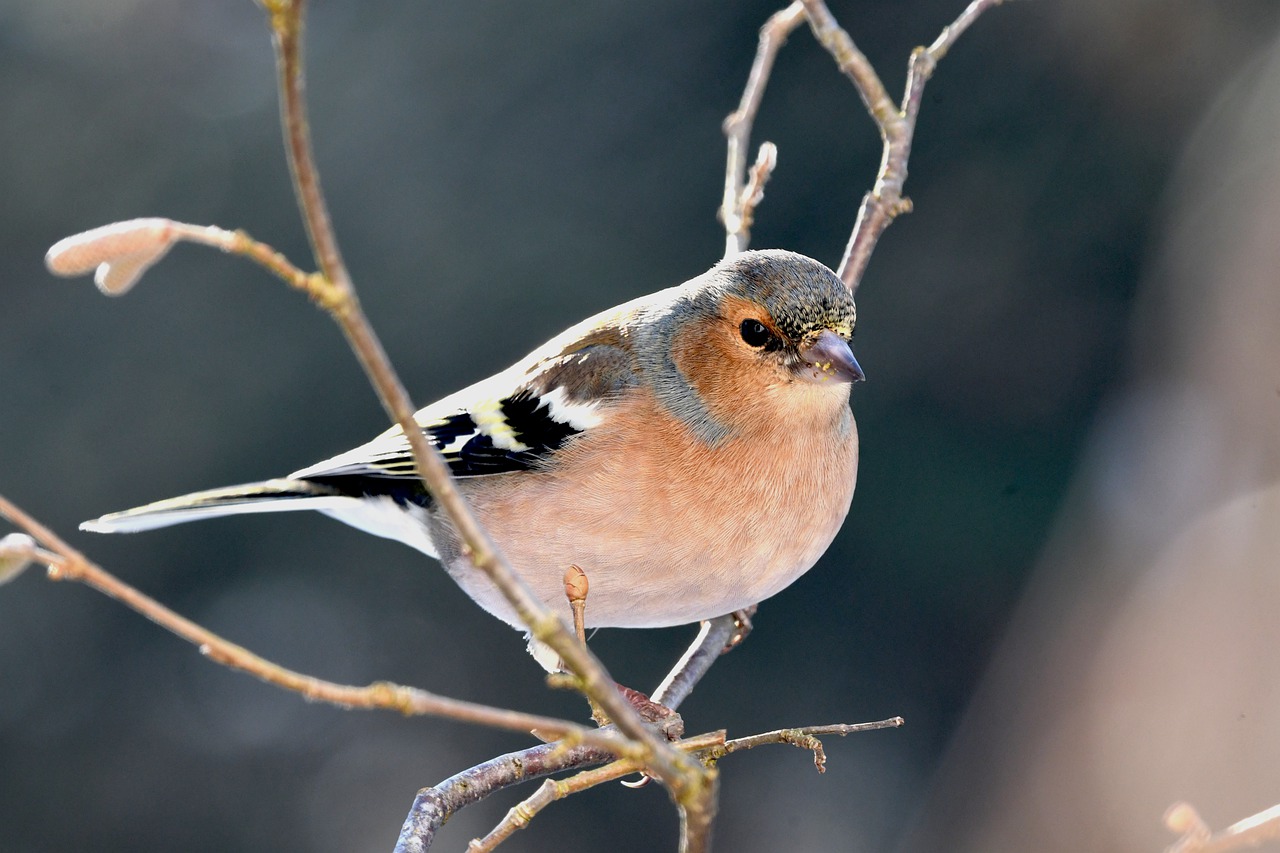Småfågelfaunans sammansättning och beståndsväxlingar i ett litet lövskogsområde i södra Sverige. En 40-årsstudie.
DOI:
https://doi.org/10.34080/os.v4.23023Nyckelord:
inventering, populationsstudier, revirkarteringAbstract
The passerine bird community of a 13 ha nature reserve, consisting of a narrow valley with deciduous woods and open areas, was censused yearly from 1953 through 1992 by territory mapping. Its size, showing no significant trend, was on average 124± 15(SO) territories, belonging to 20±2 species. The community has fluctuated significantly (range 103 to 158, CV=12%). Its stability was founded on the restricted fluctuations of the most abundant species. Out of the 39 stationary species, 19 (=95% of the community size) appeared there for more than 20 years, only 8 of which have been yearly present. Fringilla coelebs, Phylloscopus trachilus, Sylvia borin, and Luscinia luscinia were the most abundant species throughout. Emberiza hortulana, Carduelis cannabina, and Anthus trivialis disappeared, while Sturnus vulgaris, Sitta eurapaea, Carduelis chloris, and Turdus pilaris immigrated. The species turnover rate between successive years was 21.7±9.7%, the long-term rate being about 1%. The community structure changed gradually: taken together, the population sizes of residents and short-distance migrants increased, from 38 to 57% of the community size; the tropical migrants declined correspondingly. These two species groups showed an opposing and significant covariation.
Nedladdningar

Downloads
Publicerad
Referera så här
Nummer
Sektion
Licens
Författaren/författarna innehar copyright för varje enskilt bidrag, men samtliga bidrag är publicerade under en Creative Commons-licens, så att vem som helst kan dela och återanvända bidraget förutsatt att copyright-innehavaren erkänns.







